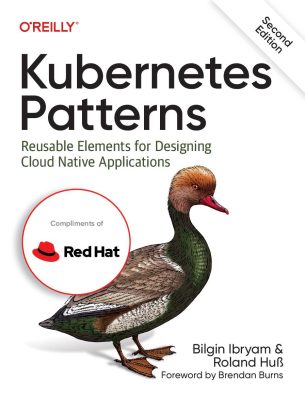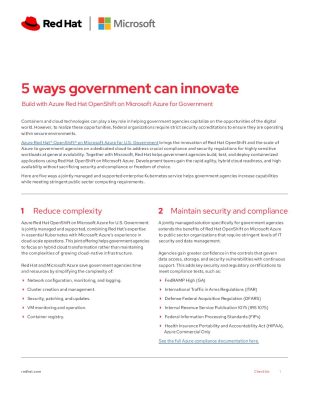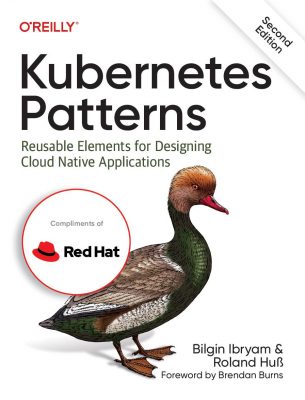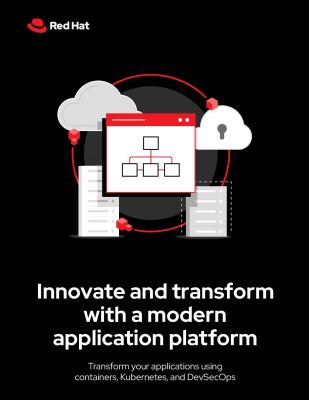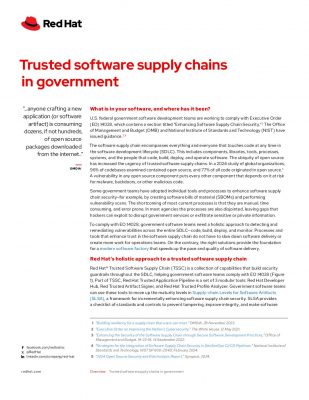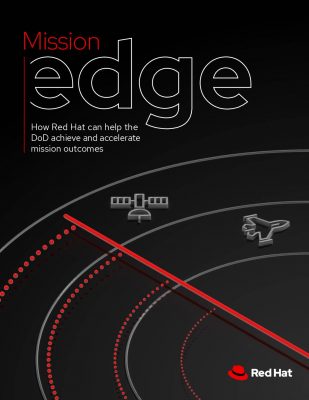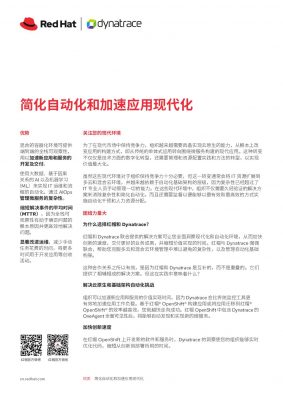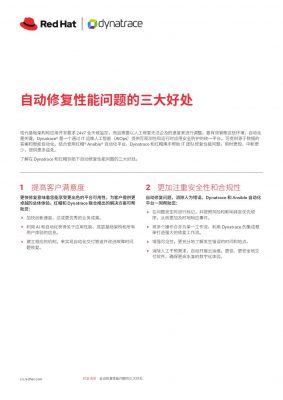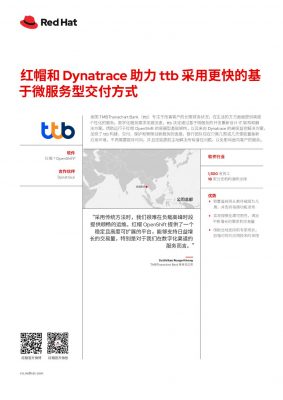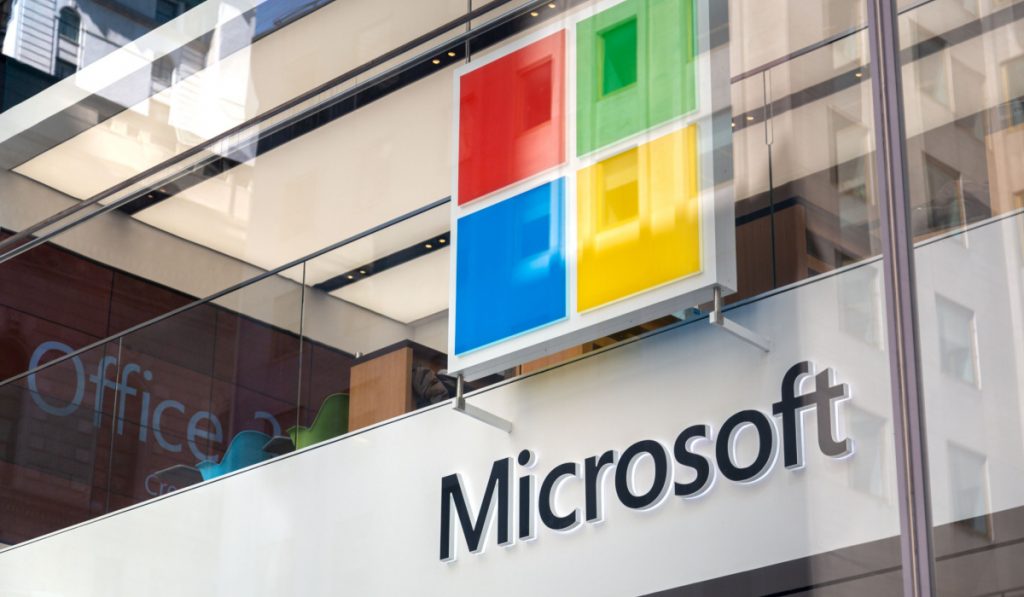Highlights:
- The first Azure VMs powered by Arm processors are now available in 10 different Azure locations and may be incorporated in Kubernetes clusters managed by Azure Kubernetes Service starting September 1.
- Arm-based virtual machines in Azure can contain as many as 64 virtual CPU cores, 8 gigabytes of memory per core, 40 gigabits per second of networking capacity, and solid-state drives (SSDs) for both local and attachable storage.
Following a preview in April, Microsoft announced the public availability of Virtual Machines (VMs) on Azure containing the Ampere Altra, a CPU based on the Arm architecture. The announcement came just as the business day started. According to Microsoft, the first Azure VMs powered by Arm processors are now available in 10 different Azure locations and may be incorporated in Kubernetes clusters managed by Azure Kubernetes Service starting September 1.
Arm-based virtual machines in Azure contain:
- As many as 64 virtual CPU cores,
- Eight gigabytes of memory per core,
- Forty gigabits per second of networking capacity, and
- Solid-state drives (SSDs) for local and attachable storage.
Microsoft defines them as having been “designed to effectively execute scale-out, cloud-native workloads,” which include open-source databases, Java, and.NET applications, as well as gaming, web, app, and video servers.
On day one, preview editions of Windows 11 Pro and Enterprise, as well as Linux operating system distributions such as Canonical Ubuntu, Red Hat Enterprise Linux, SUSE Enterprise Linux, CentOS, and Debian, are accessible on the VMs.
In the future, support will be added for Alma Linux and Rocky Linux. Microsoft emphasizes that because of the business’s contributions to the OpenJDK initiative, Java applications, in particular, can run with relatively minimal extra code modifications.
The launch of the Aure VMs is a feather in the cap for Ampere, which emerged from stealth mode in 2018 with the lofty objective of competing with Intel for a portion of the roughly USD 10 billion market for data center chips. The company has been able to gain a foothold in recent years thanks to the backing of USD 426 million in venture capital and the leadership of a former Intel president. The company has signed deals to launch Arm-based VMs with Oracle, Equinix, Google Cloud, and China-based cloud service providers Tencent Cloud, JD Cloud, and UCloud.
Ampere competes with Amazon Web Services’ Arm-powered VMs. Amazon Web Services acquired the firm Annapurna Labs in 2015 to develop its own Arm-based, general-purpose server hardware portfolio known as Graviton. It has been rumored that Microsoft, together with Chinese technology heavyweights Alibaba and Huawei, is working to develop their very own Arm processor designs.
Last year Omdia, a research firm, stated that it anticipates Arm to constitute 14% of servers by 2025. It would be a big victory over Intel’s x86 processors, expected to have dominated around 89% of the market as of March 2022 if the forecast turns out to be accurate.
Launching Ampere VMs is a step toward achieving the vow Microsoft made five years ago to power over half its cloud data center capacity with Arm-compatible servers. This commitment is being fulfilled as Microsoft moves closer to launching Ampere VMs. After getting off to a rocky start with Qualcomm’s Centriq server CPUs, which were eventually phased out of production, the business looks better positioned to cross that threshold.
